We’ve been trying to figure out how someone can manage to “pants” writing an almost 200,000-word, nearly 500-page novel, with no more background in creative writing than any other person who has a lifetime of avid fiction reading experience.
 So far, our examination of Irish Firebrands has led us down the primrose paths of sensory descriptions, invasion by The Muses, reader psychology, learning the Irish language, the perils of proofreading, Authors as Artists, genre, the nature of Written Art, The 7 Reasonable Rules of Writing, and what it means to be an Indie … among many others.
So far, our examination of Irish Firebrands has led us down the primrose paths of sensory descriptions, invasion by The Muses, reader psychology, learning the Irish language, the perils of proofreading, Authors as Artists, genre, the nature of Written Art, The 7 Reasonable Rules of Writing, and what it means to be an Indie … among many others.
When I was writing the book, the only analysis I did was of chapter length, in order to help with editing, and achieve reasonable reading times (approximately 25-30 minutes of silent reading or 30-40 minutes aloud, per chapter). This time, I decided to look for patterns in the structure of the story.
Whose story is it, anyhow?
Expanding on an analysis concept by Seumas Gallacher, I drew a table, starting with the important characters who appear in each chapter. Irish Firebrands tells the transformation stories of two main characters (Lana, Dillon) and two strong secondary characters (Frank, Medb). Occasionally the strong secondaries don’t appear in person, but their presence is manifested by minor secondaries who serve as their proxies (Frank’s sister, Paula, and Medb’s mother, Eilish).
The MCs are the only point-of-view characters. Is there a rhythm to their experiences? Taking the end of the chapter as a marker for the movement of the story, I listed the POV character of each final section. There was no obvious pattern that I could see to the distribution of POV, but oddly enough, chapter-end POV was almost equally apportioned between the two characters, with Lana ahead of Dillon by only one.
Then I divided up the odd-numbered and even-numbered chapters. Again, the totals were what seemed to be significant: they were close to being exact inverses, with Lana again ahead of Dillon by one. The last thing I did with POV, was to count up the total number of chapter sections and see who was the POV character for each one. There turned out to be 165 section breaks, and looked at sideways, their distribution is reminiscent of Rough Seas at Shichiri Beach in Sagami Province.
But looking at the totals was more like The Great Wave off Kanagawa: with a ratio of 60:40, there’s no doubt that Irish Firebrands is Lana’s story.
Doin’ the locomotion….
I looked for other signs of movement in Irish Firebrands. The story travels a lot: there are at least 92 visits to at least 21 distinct locations (some of which are on wheels). There’s usually more than one destination within the listed towns and cities. Readers get to see quite a bit of Ireland through Lana’s eyes, and some locales beyond the island, through Dillon’s.
There’s plenty of mental movement, too. Readers can pick up at least 41 hints that foreshadow developments for (or mysteries about) Dillon/Drumcarroll farm, Lana, and Frank, like the looming tsunami and the half-hidden rocks in Mt Fuji no. 2. (One reader reported shouting a warning: “No! Don’t touch it!”)
Finally, I took a look at emotional movement, as evidenced by the development of romantic relationships. There are at least 56 episodes distributed between the two relationships Lana carries on. Irish Firebrands is a character-driven novel with several themes and motifs, and because there’s no dominating “plot” to drive the story (i. e., no “save the …” or “solve the …” stuff), the development of “Happily Ever After” or “Happy For Now” with one of Lana’s lovers is the primary objective. This either lodges the tale in the Romance genre, or else, because the love interest and her heart throbs are unconventional in several ways, as a love story within Contemporary Women’s Fiction.
Remember, as an “organic” or “pantser” writer, I didn’t plan any of this. I’ve never attended a creative writing course. Now and then, a bit of “write what you know” pops up to the surface of a page, and bobs around until it gets pulled back out to sea by a riptide. I don’t read “genre” romance; in fact, the closest I’ve ever come to any sort of “genre” reading are Zane Grey’s westerns, Pearl S. Buck’s Chinese novels, and a mixed bag of “Catholic” fiction. So, I don’t know where Irish Firebrands came from: it just formed itself, chamber upon chamber, from the element-rich waters of the sea of books in which my brain has bathed, for more than 50 years.
What patterns do you see in your writing?
What rhythms do you feel in your stories?

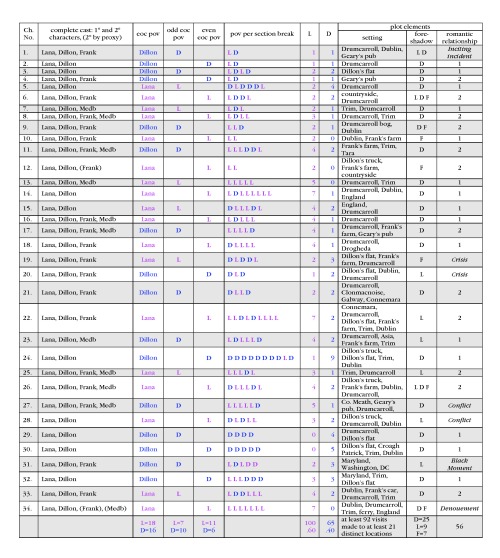




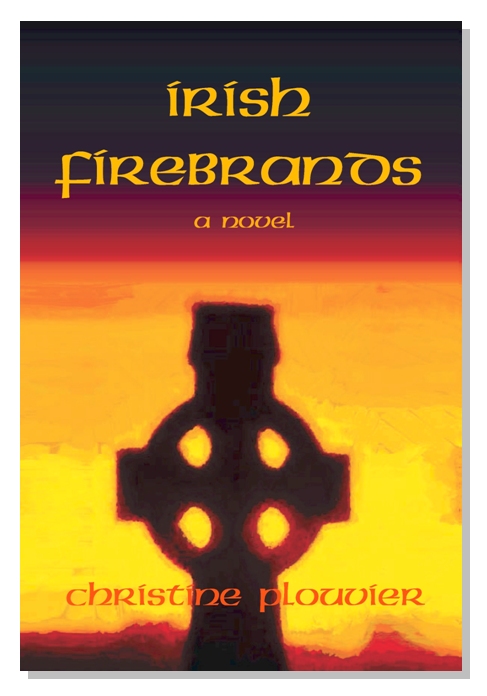
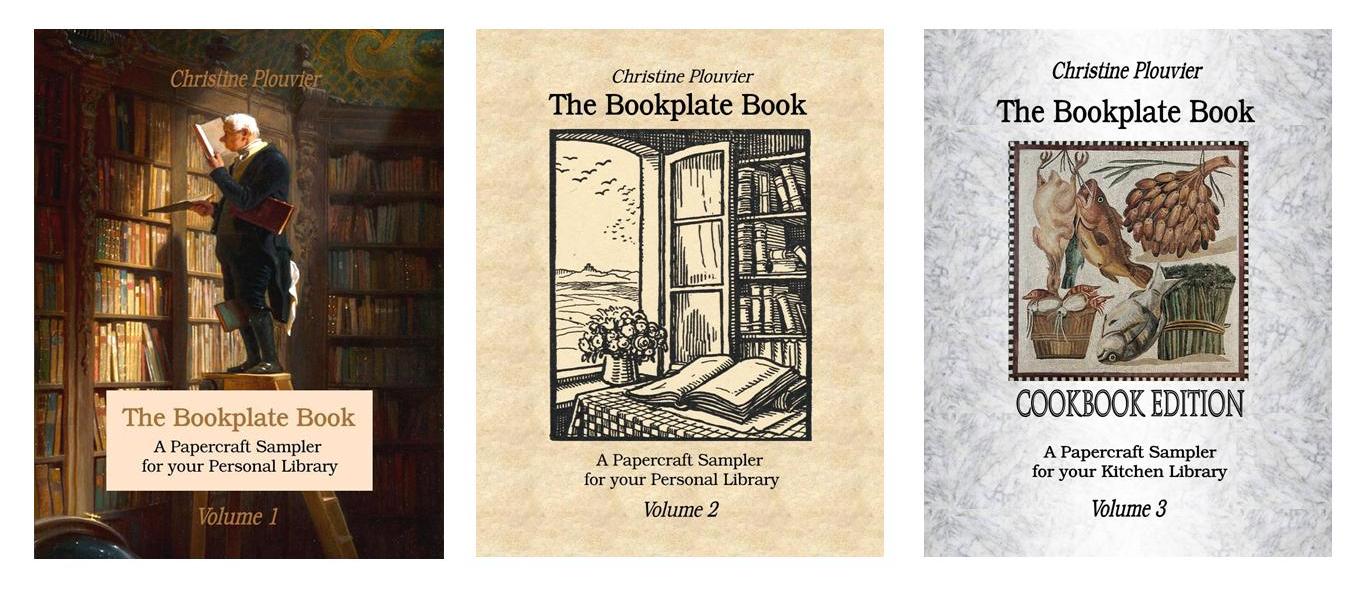


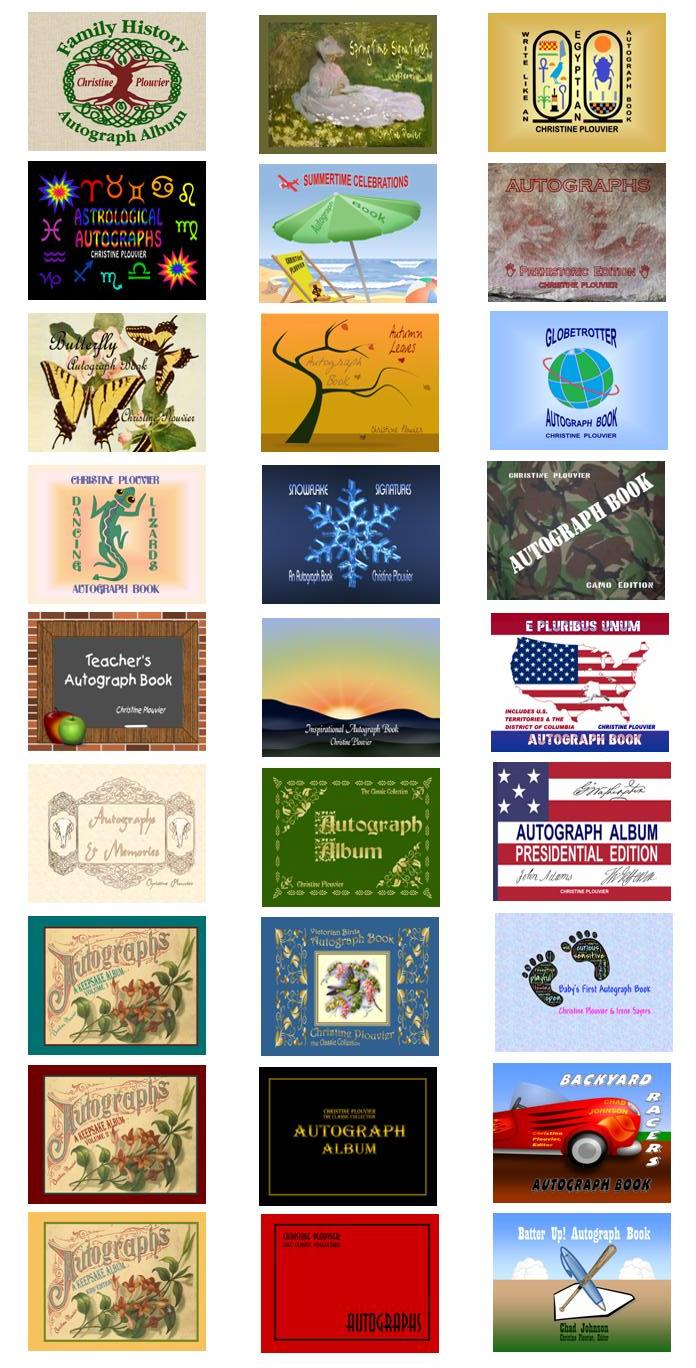

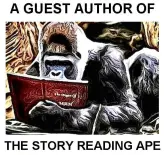


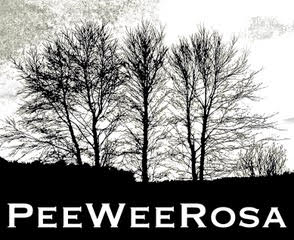










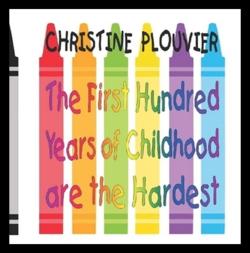
,,,well done, m’Lady … may i amend the spelling of my surname to “Gallacher’?…we’re the Scots lot, although Irish ‘way back…:):)
LikeLike
Sure thing! When I got up this morning, I thought, “Did I spell his name right?” That’s what I get for blogging in the middle of the night! 😉
LikeLike
Reblogged this on Seumas Gallacher and commented:
…. interesting and insightful blog piece on story structure from Christine Plouvier ( she even quotes me, my goodness! )… enjoy 🙂
LikeLiked by 1 person
Thank you for the reblog! And thanks for the inspiration, too: For those of us who are constitutionally incapable of literary advance planning, coming up with variations of your “uncle’s pools coupon” could be helpful for after-the-fact fix-ups.
LikeLike
Very interesting read, Christine.
LikeLiked by 1 person
Thanks, Geraldine. I like taking apart my head to find out what’s ticking inside, but the problem is what to do with the odd bit of clockwork I always seem to have left over, after I’ve put it back together!
LikeLike
Very interesting. Sounds like a good read. 🙂 — Suzanne
LikeLiked by 1 person
Reblogged this on theowlladyblog.
LikeLiked by 1 person
Reblogged this on MARSocial Author Business Enhancement Interviews.
LikeLiked by 1 person
Wow, this is so interesting! Did you make that chart as you went along or afterward? I feel rather stupid to ask, but what is EOC? (As in EOC POV.) And did you divide it into odd/even chapters to get a better snapshot of whose POV was moving the story?
This is very well organized. I think when you say you have “no more background in creative writing than any other person,” you’re selling yourself short in that you’ve not only had the “lifetime of avid fiction reading experience,” but also a keener eye for detail than many people as well as a larger vocabulary and love of words than many people have.
Personally, I was already impressed with the novel itself. But I’m even more wowwed by the “background work” that you’ve put into making Irish Firebrands so magnificent.
LikeLiked by 1 person
All of the analysis I’ve done of “Irish Firebrands” throughout the life of this blog, has been long after the fact. The only statistic I kept on the book while I was writing it, was the chapter length (you saw the spreadsheet in “The Joys of Editing” http://wp.me/p30cCH-L1), and I know I was more than halfway into writing it when I got around to doing that. I never plotted anything, and only started putting events on a calendar (which is also shown in “The Joys of Editing”) after the manuscript became too massive for me to easily remember where there were holes in the scenes.
EOC means “end of chapter,” and the odd and even POVs are shown in the 4th and 5th columns of the table (click on the illustration to enlarge for details). I thought the odd and even totals were interesting. But for all the analysis that I’ve done over the past two years of blogging, I still don’t feel much closer to understanding exactly how my mind was working, when I wrote the book!
Thank you for the compliment to “Irish Firebrands.” The background work was accomplished through cultural immersion, because when I started writing, I knew almost nothing about the place or the people, and most of what I learned doesn’t even appear in words on the page. But that kind of research is what I think we need to do, if we want to “write what you know.”
There’s nothing stopping us from learning anything we need to know, to write whatever the Muse tells us to write. 🙂
LikeLiked by 1 person
As you already know, when I started writing, I just wrote. Then as I took a break from writing and researched those pesky rules that plague me, only then did I start thinking about such things. As such, it wasn’t until recently that I re-read some of my work and made a page of notes which depicted POVs, FBs and scene breaks. But I never considered the end of chapter POVs… Does that have more significance that other POVs in the chapter?
I really like the way you have yours organized in a spreadsheet format and color-coded for quick-view reference.
When you started writing, did you use special software or was analyzing sometime in the future not even a concern at that point?
I can’t stand when I read and it’s so obvious that the author felt the need to tell me every single thing they learned about whatever they researched. Though sometimes, I also feel like they meed to show me a little more that they actually researched what they wrote. I think your cultural immersion was spot-on. You absolutely come across as an accomplished authority on Ireland and I would never have a reason to doubt what you say. I hope that knowing Ireland so well was actually a burning desire in you and not just as good a place as any to write about. 😉
LikeLiked by 1 person
Every POV choice is important, because there’s usually one best character through whom to filter a scene, but the end of a chapter needs to have a good enough hook to keep the reader turning pages, or else to return to the book after the rest from reading that’s permitted by the division into chapters. The EOC POV has to be the right one to launch the next scene, even if that scene isn’t told from the same POV. Foreshadowing (in action or narration), and the cliffhanger device (which is hard to do without coming across as a “Stay tuned!” call-to-action), serve a similar purpose in moving the story along.
LikeLiked by 1 person
Irish Firebrands was written in an old version of MSWord that wasn’t cluttered with bells and whistles. The calendar was constructed using the basic Word table, and the chapter length bar graph was generated from an equally ancient Excel program spreadsheet. I detest software that claims to be “intuitive,” because its effort to second-guess me invariably messes up my work. I haven’t met a computer yet that was any good at mind-reading.
LikeLiked by 1 person
Until I was well past the halfway point (relatively speaking, because I’m not a linear writer), analysis was the farthest thing from my mind. Like outlining, it’s too premeditated for a dyed-in-the-wool pantser, like me. I’m not the kind of writer who up and says, “I think I’ll write a book, today,” and then picks a plot and selects a setting from the cellophane-wrapped story-sandwiches in a novel-vending machine.
LikeLiked by 1 person
My concern was to get Irish Firebrands out from between my ears, so writing about Ireland was a “burning desire,” all right! After I woke up with a scene and snippet of dialogue in my head (the parts that ultimately became the end of Ch. 23 and the beginning of Ch. 24), I wondered where that action could have happened, and I was stunned to get the answer, “Ireland.”
That’s when the Muse Erato* materialized, sitting on the foot of my bed and tuning a violin. When she was finished, I said, “But I don’t know anything about it. St. Patrick and the snakes. Internecine warfare in Northern Ireland. Gerald O’Hara, in Gone with the Wind, naming his plantation ‘Tara,’ after some place in County Meath, wherever that is.”
She said, “You’re pathetic. Ireland’s national symbol is the harp, and that’s my main instrument, but I had to ship it with the steamer trunk.” Then she set down the fiddle, took my scribbled page of notes, read it, tutted, and shook her head. “When the harp gets here and I start playing it, you’ll get that scene right.” She tossed aside the paper, picked up the violin again, and dashed off a quick jig. Then she said, “What’s there to eat, around here? I like chocolate for breakfast.”
*See my post, “When Nine Muses Become Your Roommates…” at http://wp.me/p30cCH-9P
LikeLiked by 1 person
That is hilarious! And I think chocolate for breakfast is an excellent idea! 😀
LikeLiked by 1 person
LOL! That’s so funny! So you’re not using your iPhone app to tell you your plot? (Joke!) The only reason I recently even thought to make such “notes” about my work was to see if I could streamline certain scenes and get rid of some scene breaks. First, I read that there shouldn’t be any, or no more than one per chapter. That made me feel like I had done everything wrong. That article said that scene breaks confuse the reader.
The problem for me was that only one of my books takes place over one week. The others all take place over years. So the one-week book does flow pretty well with minimal scene breaks. But as for the stories that last months or years, and obviously have to skip time, the breaks are necessary. At least that’s what I thought.
Then I read that they are absolutely necessary to delineate a time change, a POV change, or a location change (which is why I originally used them). That article said that without them, the reader would be confused.
Ultimately, the only person that got confused was the writer! 😦 At any rate, that’s why I started going back in and making notes similar to (thought not nearly as fancy as) your spreadsheet.
LikeLiked by 1 person
That odd advice about breaks not being allowed may be true for young children’s books, but because you’re writing for adults, the way you used them was fine.
A misguided effort to eliminate breaks may be what’s behind the practice of numbering all breaks as chapters, instead. This often yields chapters of wildly varying size, or it may result in more than a hundred short chapters in a book of only moderate length or scope. Both approaches interrupt the flow of the story more than would a system of discreetly flagged breaks within chapters of reasonably uniform length.
LikeLiked by 1 person
Yes, I agree. I’m really ready to just either try my hand at an agent or try my hand at self-pub and forgetting about all these conflicting man-made rules. UGH!
LikeLiked by 1 person
Let me know if you decide to go Indie. I may have reinvented the wheel, but you don’t have to do it, too. 😉
LikeLiked by 1 person
I am seriously considering it. I’ve even been considering self-publishing and then trying to see about an agent. I know searching for an agent can take months or years and can be a full-time job, so who knows what will happen. But thank you. You definitely have a larger understanding than many of the people I’ve talked to about it. 🙂
LikeLike
Eh? iPhone app? What’s that? I use a ten-year-old Tracfone Motorola that lets me talk and text. I eat chocolate for breakfast, but all my tech is vanilla.
LikeLiked by 1 person
LOL! You’re more trendy than me… I don’t even use a cellphone! (Really.)
LikeLike
So when you search for all these things, such as how much dialog, etc., you’re just doing it in Word? I completely agree with your feelings on “intuitive” software. I wrote mine in Word 2010 and I felt quite confident in that…until I started seeing more and more authors that use some sort of program that tracks certain things and has so many bells and whistles. Then I start second guessing myself and my work and think that maybe I did the whole thing wrong.
LikeLiked by 1 person
That’s right, plain vanilla Word. Same for Excel (I don’t even use macros in my spreadsheets).
LikeLiked by 1 person
LOL! We need to start a club! 😉
LikeLiked by 1 person
Wow, that is quite a science. I don’t think I’ve ever really noticed that one way or another in any books I’ve read. I guess those authors did such an excellent job, it was just subtle and it worked. Now, I’m going to have to go back through all my work yet again. (UGH!) 🙂 Thank you, by the way, for all the knowledge you impart. You’re a very good teacher!
LikeLiked by 1 person
You may not have to go to that much work. If you have good beta readers who will tell you when they put down the book (mid-scene? POV break? Chapter end?) and why (got sleepy, went to work, had to pee), and how long it was before they picked it up again, you’ll have a pretty good idea of where to focus for fix-ups.
I’m glad to have been of assistance. My goal is to help others obtain, reclaim, or maintain the enjoyment that should be in writing.
LikeLiked by 1 person
My previous beta readers were of little use. They read for enjoyment and told me how much they loved the stories and which parts. And some of them occasionally pointed out when they found any typos. But none of them were writers or familiar with what’s expected. I’ve only recently sent one MS to another writer and he did have some useful advice about the dual timeline I had going between the two MCs. That was more helpful than the other 12 or so people who read before. One of them was a former police officer and she did help in telling me what was feasible. And two were former English teachers, which were helpful for grammar.
LikeLiked by 1 person
Gotta watch those English teachers, though. I read excerpts of several novels published with a small press that apparently didn’t do any editing because the author teaches English at a large university. Oops.
LikeLiked by 1 person
That’s true. One summer, a teacher sent a handwritten letter to my son, welcoming him to her class. I thought it was the sweetest thing until I read it, and there were three misspelled words!
LikeLike